
Directed by Elias Belkeddar.
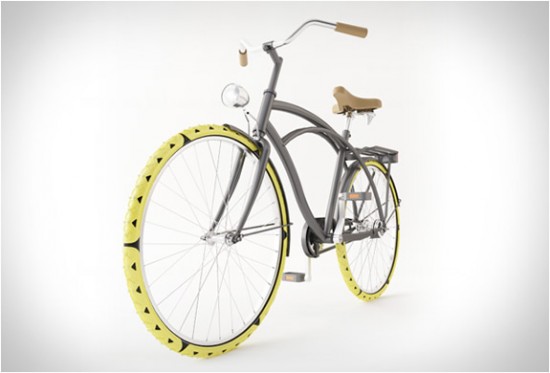
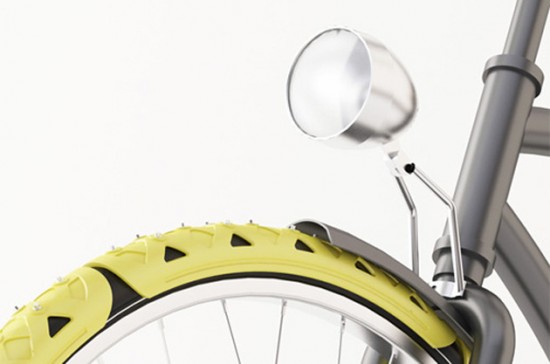
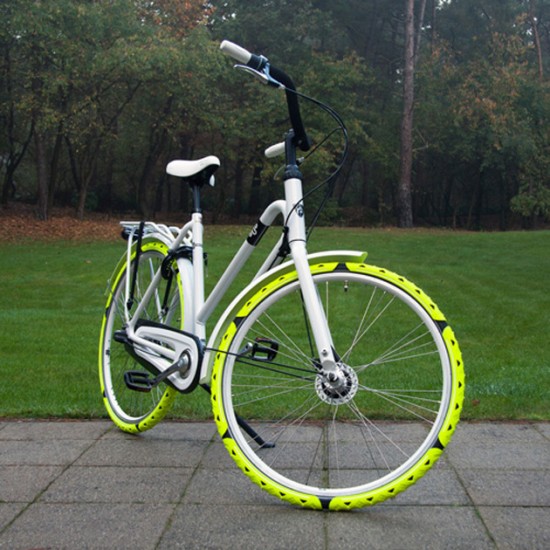

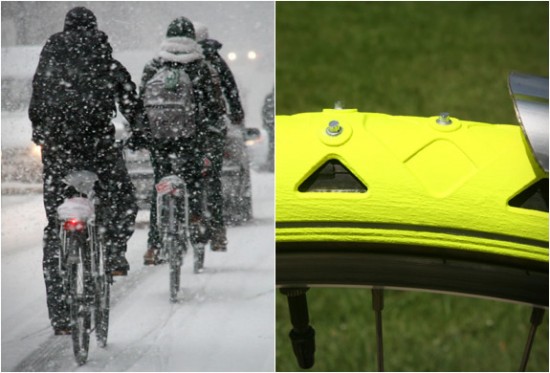





‘Augmented Structures v2.0′ by Refik Anadol and Alper Derinbogaz is a distilled urban experience project which focuses on two dissimilar regions in istanbul and displays the inner characteristics of the texture of a city-center that has undergone a recent transformation within a suburban region consisting of gated communities. Presented at Istanbul Design Biennial within the ‘Musibet’ exhibition curated by local architect Emre Arolat, the work is based on soundscape and data mapping of two regions reveals the invisible information about their context and suggests an alternative way to understand the existence of urbanization through new media technologies.
By bringing disparate disciplines like sound, architecture and visual arts together, the development re-examines the world in aesthetic terms, in its capacity as an ‘interdisciplinary transformation’. ‘augmented structures series forces each discipline to alter its own ‘material’ state; transforming sound into mathematics, mathematics into architecture and architecture into a living structure, while presenting the viewer with a new media experience that is multi-levelled, produces sound, moves and breathes.’


The team is diversified by sound designer Kerim Karaoglu and parametric designers Coşku Cinkılıç, Koray Bingöl. — at Istanbul Modern | Istanbul Museum of Modern Art.From the same artist, Refik Anadol, here’s an intervention in urban space, with more fluid projections – and, again, a sonic element:
Thanks to; IKSV, Emre Arolat, Nil Aynalı, Özlem Yalım Özkaraoğlu, Salon2, Antilop, Can Buyukberber, Başar Yurtçu.
Augmented Structures v1.1 : Acoustic Formations / Istiklal Streetaugmentedstructures.com
Architecture and (Media) Design are art forms that exist independently from one another. Over the last few years they have been growing together. They are entering into symbiotic dependencies and stimulations. Against the background of the information technologies, architecture has gained a new reality. No longer are objects or processes the constituting elements of a building. Now they are described as technical networks of communicating nodes, which balance themselves in contrived patterns.
“Augmented Structures v1.1 : Acoustic Formations/Istiklal Street” is an augmented structure, an installation by Refik Anadol and Alper Derinboğaz which is created through the use of innovative parametric architecture and audiovisual techniques. The projects deals with a new mediated space: How to translate the logic of media into architecture? In this first experiment field recordings of Istiklal Street will be transformed in to parametric architectural structure. The recordings were made by Kerim Karaoglu who also used these recordings to create an electro-acoustical composition. The project seeks interactions between space, sound, visual and light. A similar connection between architecture and media has been experienced in Philips Pavilion of Le Courbusier in 1958.
Beyond being an artwork this installation is an urban experience. The scale of surface, 2000sqm, and the dominance of the location will definitely take place in collective memory of İstiklal Street visitors.
There will be an exhibition opening on 20th of September at 19:30 in relation to this façade installation which showcases experiments of architecture- sound – visual correlations of Refik Anadol and Alper Derinbogaz.
During the night visual performance will be projected on the structure which will be accompanied with a generatively designed contemporary aesthetic visuals consisting of input data from the recordings and their transformed versions synchronized to the movement of graphics re-shaping and transforming the structure on which they are projected. The structure in turn influences and transforms the projections as well.
For more information: augmentedstructures.com
Refik Anadol / New Media Artist
refikanadol.com
Alper derinbogaz / Architect
salon2.info
Sound Design: Kerim Karaoglu
VVVV Realtime Graphics: Sebastian Neitsch
Projection Infrastructure: Visio-vox
The screen of water was created by a series of jets which where mounted on the & floated out into the lake. The jets created a haze which carried the light, to get the amount of light that was needed we used a 12k lumens christie projector.Specifics:
Visuals on misty water screen.
Projector provided by third source.
Track : Mark Rogan – Paranoia (FSG Remix) – DSNT Records

Kling-Net has been designed to create plug and play LED devices and we are converting more and more manufacturers to work with us. There is nothing else like that on the market and we hope it will enable a new level of integration for many users.The other side of the equation, apart from ArKaos’ software, is the lighting fixtures. Recently, ArKaos announced Chauvet is bringing Kling-Net support to their lighting, which you can see in the video and image below.
The good news is that we will also support Kling-Net in GrandVJ. Indeed this why we are late with releasing GrandVJ, while working on the video mapper in MediaMaster we added the functionality where a layer can be sent to a mapping surface and / or to Kling-Net – ArtNet. To support that in GrandVJ we need to rework it’s core engine and that’s what we are doing now… We are now looking forward to present that at NAMM with ADJ. Ed.: NAMM is the music trade show in California held in January. Mark your calendars. -PK







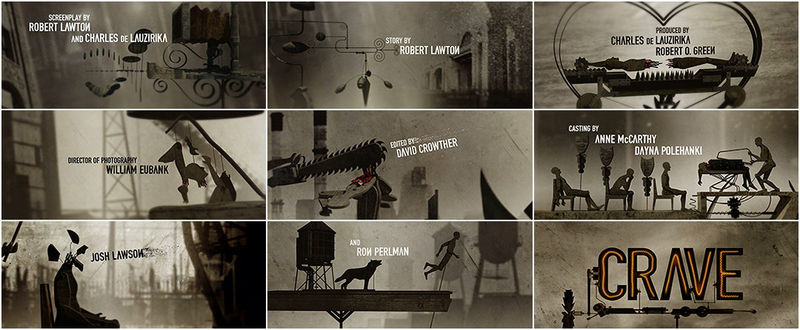
Layers is an audio/visual performance about perception and memory, with the goal of creating a choreography for a digital crowd. Using audio-video fragments of anonymous pedestrians, Nohista confronts the public with his personal experience of the urban crowd.Thanks to Bruno/”nohista” for sending your work our way!
Here, space and time are dissolved through tables and reassembled throughout a partition where the audio and visual material becomes an instrument, propelling the viewer into an evanescent universe.
Audio-video by Nohista / Shot and produced in Montreal / 2012
for best video quality: nohista.org/?portfolio=layers-2
Exhibitions//
Sight and Sound 2012 / Eastern Bloc / Montreal
Byetone / Nohista / Centre Phi / Montreal

IRIS is a unique media canvas with matrix of conventional information display technology – a monochrome LCD. Through the phased opening and closing of circular-segmented black Liquid Crystal, IRIS can create various patterns and control the amount (size) of passing lights. IRIS is an interactive medium for visual simplicity which uses the passage of ambient light, not emission of light itself.Interactive mirrors are a trope in themselves, but I think this piece nicely recalls Daniel Rozin’s “Wooden Mirror,” which lives in the lobby at NYU’s ITP program, a hub in New York of interactive design work. There’s an excellent video document of that piece:
Expandable Matrix of Transmissive Monochrome LCD (90x90mm), Custom designed Arduino compatible controller board, DMX512, SPI, Kinect /Another lovely work from HYBE adds interactivity to Dan Flavin’s elegant, minimalist work with lighting tubes:
It is a selected and supported work of Da Vinci Idea Program(2012) by Seoul Art Space_Geumcheon, KOREA
Full Color LED on custom-designed controller board with Integrated IR Sensor, Acrylic, Stainless Frame. 15(W)x235(H)x38(D)cm /
HYBE’s Light Tree: Interactive Dan Flavin re-illuminates the minimalist fluorescent light tubes of Dan Flavin(1933-1996) from the 1960s, through digital technology. Experimenting with light and its effect, Flavin explored artistic meaning in relationships between light, situation, and environment. The readymade fluorescent light fixtures he used created space divided and adjusted by light and composition, offering a newly structured space with light. HYBE’s work expands the logic of Flavin by reinforcing the physical property of light through interactive media. It presents an escape from traditional lighting, as light and color changes when touched by viewers. Lighting here is divided into front and back, and colors are programmed to maintain complementary colors. The front lighting constantly interacts with colors on a back wall through visual contrast and mixture. A random change and diffusion of light with the involvement of viewers provokes tension extending and segmenting space, turning space into a forum for emotional perceptual experience.















